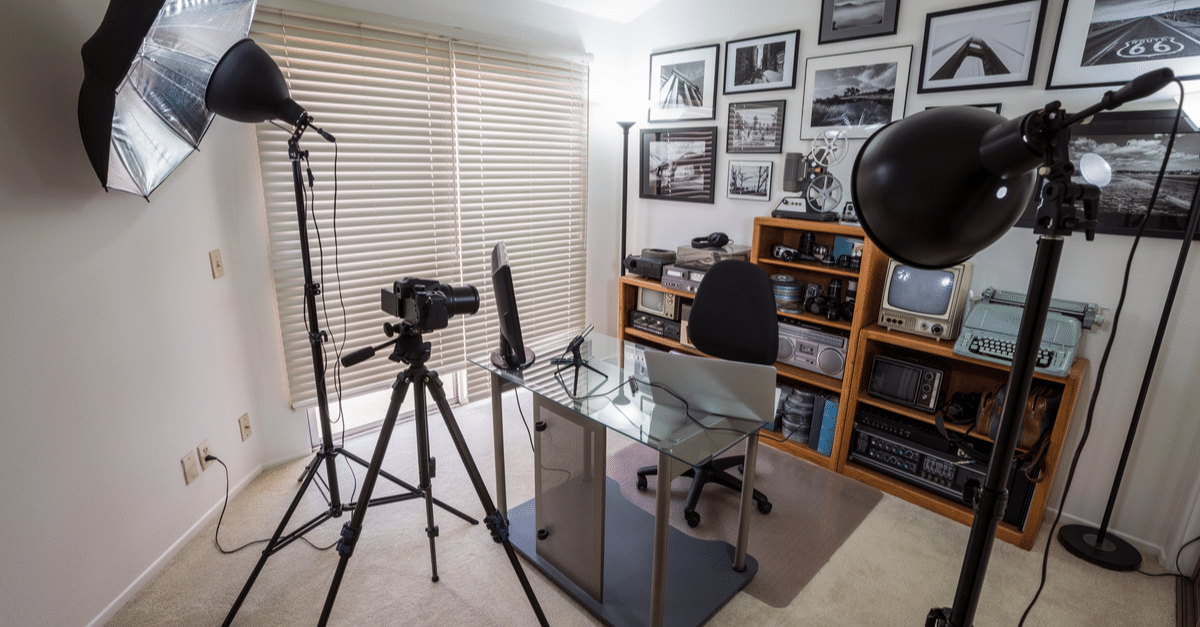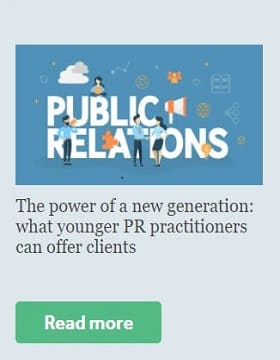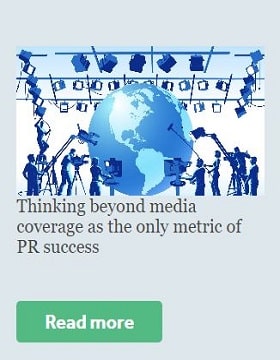
IPCC report is the ultimate climate change wake-up call

Keeping Up With Competitors In A Changing Digital Landscape
Brand content marketing: how to create business growth without campaigns
6 September 2021

Brand content marketing: how to create business growth without campaigns
By Miguel Bernas, Senior Digital Consultant, Sandpiper Communications, Singapore. Miguel has over 30 years of experience in the media and marketing industries with expertise in digital marketing, content strategy, social media, brand story-telling, online reputation, SEO, digital asset development and project management.
Paid advertising has always been seen as the driver of business growth. Television, newspaper and radio ads used to be one of the few ways to get in front of an audience. These days the digital platform provides a wide variety of ways to increase reach, build a large following and convert them into buyers. The problem is that businesses still think in terms of paid advertising as being the king of marketing in terms of its ability to reach target audiences. But depending on it entirely is risky, particularly when brand content marketing has the potential to grow a business far more than any paid campaign.
Choosing brand content marketing over ad campaigns
Avoid wasting campaign budget
Many marketers get hooked on Facebook marketing, because they get an initial burst of immediate returns in the short term combined with very cheap reach. However, the downside is that as soon as a company starts reducing the ad spend the revenue takes a nosedive.
When a company reviews its ad spend, it’s often difficult to know which parts of the budget have been well spent and which have been wasted. That’s because many campaigns are heavily affected by suspicious websites, fake profiles, bots and outright fraud.
While Facebook advertising can play a strong role in driving transactions, by itself it does little in building long-term brand loyalty. Facebook ads require you to keep spending in order to stay in touch with your audience. Original content, especially content that reinforces brand authority and speaks to brand values, on the other hand, allows audiences to connect with your brand and foster trust.
Interruption no longer an accepted ‘road tax’
Consumers have always turned to media for content, while the role of the advertiser has been to interrupt their content fix, whether through full page ads or commercial breaks. For decades that was a fair exchange.
However in the digital age, interruption is a “road tax” consumers are no longer willing to pay. That’s because the digital consumer has grown accustomed to unprecedented freedom, virtually endless amounts of content through a variety of services and devices. In such a world, interruption has become unacceptable. In this age the challenge is for brands to create content that interests audiences, rather than interrupts.
A better return on investment
Every piece of content a business creates stays readily available for their consumers to find, now and in the future. Advertisements will only gain attention while the business is funding the campaign. When they choose to stop advertising, their reach stops and their message is no longer being heard by their target audience. This can create a cycle of peaks and troughs, making growth haphazard rather than steady.
Paid ads don’t allow the brand to connect to its own audience, it’s simply borrowing someone else’s. Whereas content marketing is about providing information valuable to a brand’s audience. It enables companies to build a loyal community that follow, trust and refer the brand to their family, friends and colleagues.
When a company chooses ad campaigns as the main driver for business growth, they are reliant on advertising platforms. By depending on third-party platforms and media companies, a business is at the whim of any changes they make to their policies, procedures and services.
AirBnB, arguably the most powerful brand in travel in the world today bucked the trend of ad spend equalling business growth. They succeeded because they built up a loyal customer base with whom they have a direct relationship. None of the companies like Expedia or Shangrila are used as verbs in the same way as people say “we airbnbed our stay”. No longer dependent on third parties like Google or Facebook, when they reduced their ad spend their sales were not impacted. With 67% of transactions coming from people visiting the site or the app directly, they don’t need to rely on third parties for promotion.
The three reasons why companies need to prioritise brand content marketing
A chance to connect with your audience
When a company invests in brand content marketing, it builds its own content platform. Through email marketing with a list only, they have access to and control over, they choose how and when to interact with their audience.
Many small businesses succeed with only a website, email list and a YouTube channel. Once they establish a content publication routine, their audience starts to rely on it. People gravitate towards brands that provide extra value. When it’s done regularly, checking on what that brand is up to becomes a part of their audience’s habits. Consistency is always the best policy in marketing, so presenting a cohesive look and feel with content, and posting at regular intervals builds trust.
Publishing content builds a loyal following
Contrary to popular wisdom, video production need not be expensive. Successful YouTube channels succeed with simple, scalable production values achieved through consistency of format. Sitcoms have the same cast and jokes every episode because they wouldn’t gain the same impact if the characters kept changing. Using the same host style and format is easily scalable and becomes cheap to produce. A video for YouTube can be shot in a studio with a one or a two-camera set-up and a little bit of fancy editing. People are not interested in variety — they are seeking consistency, something predictable and familiar.
Content for every stage of the marketing funnel
Creating useful, entertaining or informative content can be integrated across the entire sales funnel. A business has the chance to interact with its intended audience from building brand awareness all the way through to maintaining customer loyalty.
The free email opt-ins, blog posts and post-sale emails all provide brands with the opportunity to build long-lasting connections and make a memorable impact.
The case for content marketing is especially true when it comes to B2B. While B2C brands, like Coca Cola, may have everyone as their target audience, B2B brands have a set a clearer niche, which can be more impactful in content marketing.
Now is the time to put an emphasis on providing quality content because audiences are already looking for it. It doesn’t demand a large budget, just the right amount of thought and planning to create unforgettable content.
You may also like:




